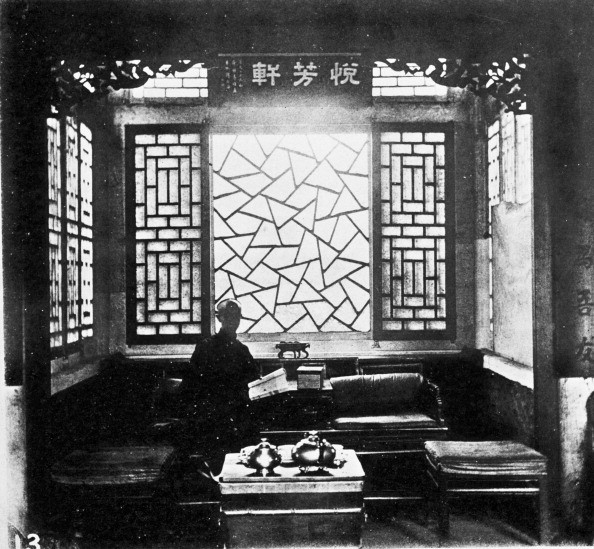Following an eight-year hiatus and amid the ongoing revival of calligraphy, the journal "Chinese Calligraphy Studies" has come back and resumed publication, Shanghai Daily reported.
The academic journal, first of its kind and is quarterly released, was first issued in 1979. Back in its heyday, it "claimed a circulation of 100,000 issues," the article said.
"Chinese Calligraphy Studies" encountered obstacles around 2000 as digital media rose to popularity and people began to lose interest in traditional culture. The journal ceased publication indefinitely in 2008.
"I feel honored to re-open the magazine this month," Wang Lixiang, publisher and editor-in-chief at the Shanghai Fine Arts Publisher, said.
Shanghai Daily noted that the comeback of the journal comes along the government's and society's concerted efforts to boost China's indigenous culture--from calligraphy to papercutting to Peking opera.
Calligraphy has been regarded as a heritage from ancient China as it was seen "as an essential skill among members of the country's literati class," the article said.
"Today many of my friends have started to use a brush and copy sutras onto rice-paper. As I see it, calligraphy is an important practice to experience the beauty of China's ancient civilization," Wang added.
The return of "Chinese Calligraphy Studies" was warmly welcomed by various calligraphy scholars.
"I can clearly remember when my first article was published in this magazine decades ago," calligrapher Hua Rende shared. "When I heard the magazine had shut down, I was quite upset. But today I'm all too happy to hear of its return."
The news has also earned praises from neophytes who have long-anticipated its return.
"I intend to subscribe to the magazine. I'm curious to read it," said Jimmy Zhang, a white-collar worker whose hobby is calligraphy.
Apart from commenting on its cultural significance, Chinese experts have also lauded the health benefits of this tradition.
"Practicing calligraphy is a good way to exercise one's body," Lu Man, a local doctor of traditional Chinese medicine, said.
"When one is writing calligraphy, one can't be in a hurry and practitioners often have slowed heart rates. It also works the muscles in one's legs, arms and wrist," the doctor added.



























